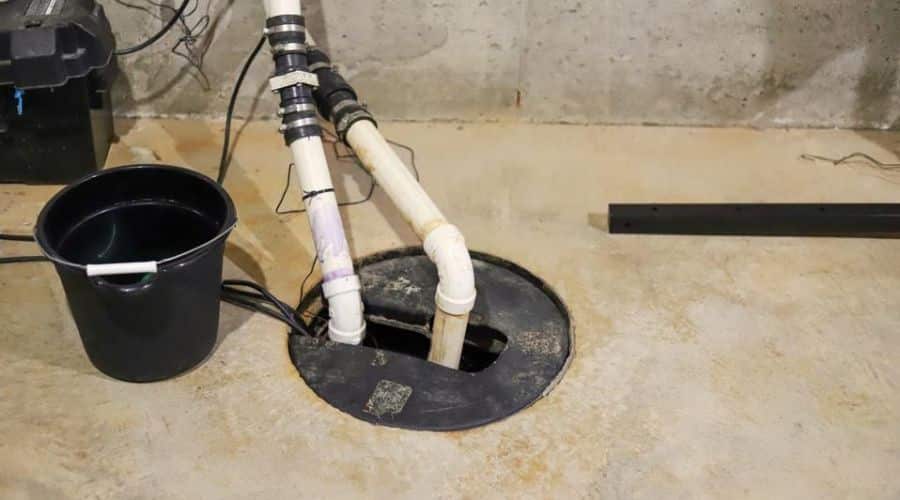Flooding can turn a cozy basement into a watery nightmare, leading to expensive repairs and potential health issues. Luckily, there’s a reliable hero ready to protect your home’s foundation and basement: the sump pump. If you are new to sump pumps or just wondering why they are essential, let’s understand how they work and the value they bring to your home.
What Is a Sump Pump?
A sump pump is a device installed in a basement or crawlspace, specifically within a pit called a sump basin. Its main job? To pump out any accumulated water and send it away from your home, keeping your basement dry and safe. If your area experiences heavy rains or you live in a flood-prone zone, a sump pump can be a real game-changer.
How Does a Sump Pump Work?
Here’s how it operates: water that enters your basement is directed to the sump basin. When the water reaches a certain level, the pump’s float switch activates, powering up the pump. It then removes the water, channeling it out and away from your home through a discharge pipe. This process effectively prevents flooding by keeping water from pooling around your foundation or seeping into your basement.
The Benefits of a Sump Pump
- Flood Prevention – A sump pump is your first line of defense against basement flooding, sparing you from potential water damage and costly repairs.
- Mold and Mildew Control – Damp areas can foster mold and mildew, which pose health risks. A sump pump keeps your basement dry, reducing the chance of mold and improving indoor air quality.
- Foundation Protection – Water accumulation around your foundation can weaken it over time. By pumping water away, a sump pump helps maintain the structural integrity of your home.
- Boosts Property Value – Homes with flood-prevention measures, like a sump pump, tend to be more appealing to buyers, especially in areas where water issues are common.
Sump Pump Maintenance Tips
To ensure your sump pump is always ready to act, regular maintenance is key. Here are some simple steps:
- Clean the Pit – Over time, dirt and debris can accumulate in the sump basin. Check it periodically to ensure it’s clear.
- Test the Pump – Pour a bucket of water into the pit to make sure the pump activates and drains properly.
- Check the Discharge Pipe – Confirm that the pipe is free of obstructions and directs water far from your foundation.
- Consider a Battery Backup – In stormy weather, power outages can render an electric pump useless. A battery backup ensures your pump will work even during a blackout.
For help with installation or maintenance, reach out to HELP Plumbing, Heating, Cooling, and Drains today serving Greater Cincinnati and Northern Kentucky with trusted flood protection solutions.
You may also like
-
Effective Garage Door Maintenance Routines That Reduce Long-Term Repair Expenses
-
Interior Rendering Features in Monthly Showcase Portfolios: Realism, Ray Tracing, Faster Updates
-
Step-by-Step Plan Tips for Selling House without Stress
-
Best Options for Shipping Containers in Bozeman
-
Design & Function: A Guide to Choosing the Right Style of Glass for Your Office Partitions

